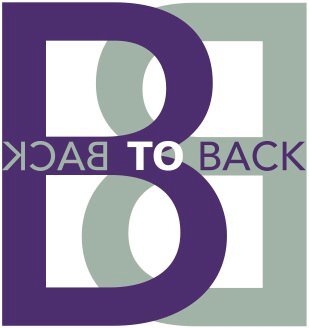Achilles Tendon Pain
Here are some really interesting snippets about Achilles Pain.
EXAMINATION
The assessment must include a thorough case history and examination and one is needing to establish the site of pain and the aggravating and relieving factors.
One of the main aggravating factors that fit a ‘tendon pattern’ is pain with increased load. This may be during or after exercise. The site of pain is localised around the achilles tendon, normally 2-6cms from the insertion. The patient will often point to where they feel their pain. There may or many not be swelling or a ‘bump’ on or around the tendon.
TESTS
Other than observation and palpation, there are a couple of really great tests. The London Hospital Test and the Painful Arch Sign.
The London Hospital test is where the clinician pushes on the sore area and then passively dorsiflexes the ankle and then pushes on the tendon again in the same place. A positive test is where there is a reduction in pain. Tendon expert Seth O’Neil feels that this finding is due to the additional stretch to the tendon tightens the exterior of the tendon and this protects the interior or deeper parts of the tendon. The deeper areas are where most achilles problems stem from.
The Painful Arch Sign is to distinguish between a tendon and a sheath problem. By gripping the swollen area and then dorsiflexing the ankle the clinician is looking to see if the swelling is moving as you move the ankle. If it does move as you move the ankle, it suggests a tendon problem. If it is a sheath problem, the swelling should not move.
You do need to exclude all other pathology. One of the most common differential diagnosis of Achilles Tendinopathy is posterior ankle impingement. This clip shows you how to examine for this. But there are still many other causes of pain to the back of the heel and these do need to be ruled out.
People normally get some sort of achilles pain when they have increased the demand on these tendons over and above what their bodies are able to adapt to.
REHABILITATION THOUGHTS
Advice on how to rehabilitate these no longer invoices trying to stretch the tendon. They now know that in Achilles Tendinopathy, the tendon becomes more pliable and so does not need to become more pliable. We need to try and help it to become stiffer again. The soleus is often more involved with achilles tendinopathy than the Gastrocnemius.
The main model of rehabilitation is about load using eccentric and concentric and isometric. These may be used at different stages of the treatment depending on how reactive the tendon is. It is often found that there is a great deficit in power in those with achilles tendon problems.
Studies have shown that tendon stiffness does increase with resistance training. One study mentions a 19% increase in stiffness after 8 weeks. But the load needs to be progressive towards 80% of the patient’s one rep-max (1RM). This will need to happen over time. With lower loads of 20% of 1RM, they saw no adaptation in the tendon. When returning patients to high level activity, rehabilitation should incorporate external loads of at least 50% body weight. That is key and super interesting!!
The soleus is predominantly involved in Achilles tendinopathy and should she it should a large part of the target of rehabilitation.
It may be appropriate to perform exercises 3 times per day for both sedentary and the athletic population. This is based on data looking at the response of bone cells to loading in osteoporosis. Bone cells peak at around 45 hops and are stimulated for 5-6 hours after loading. This is probably similar for tendon cells as they are derived from the same cells (fibroblasts). SO don’t overdo the load – but trying towards 3 times a day certainly makes scientific sense.
BE gradual when increasing the load. Don’t add too much much weight too soon or it will make you sore and do work within your patterns of soreness.
Being patient with longer standing achilles problems is REALLY key.
Depending on the severity of the tendonopathy, it could take a few months to get really good adaptation back in the tendon, although you should feel good changes in 3-6 weeks.
Here at Back to Back, we really feel it is critical that you DO NOT look at the Achilles Tendon in isolation! Foot function, whole leg function and how well the same side hip and the opposite hip load and unloads often highlights as to why there may have been a problem to start. Observation of these must be part of you assessment and management , NOT just your sore achilles tendon.
If you need some help with rehab or what to talk to one of our great sports Osteopaths, call the clinic on 020 8605 2323. Before embarking on any heavy loading, do ask a health professional.

